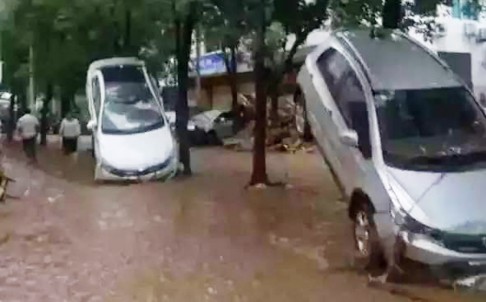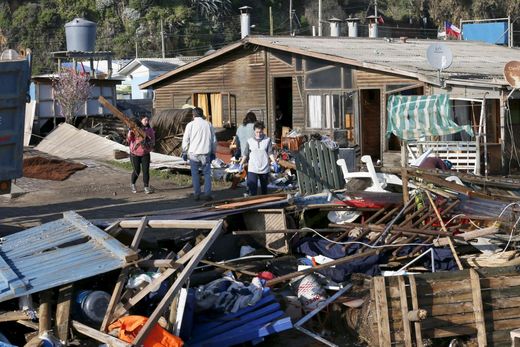OF THE
TIMES


Precursors that indicate alerts of this potential rise also include increases in: low frequency electromagnetic emission, magnetic field anomalies, earthquake lights from ridges and mountain tops, temperature anomalies over wide areas and changes in plasma density of the ionosphereAs seismic and volcanic activity increases across the planet, such 'earthquake lights' and plasma discharges will likely become more common. For a recent probable plasma (not HAARP - see articles below) discharge activity, check out this youtube video (contains some strong language) published on June 12, 2015 which happened in Greenwood, Indiana USA.
"Terrible what I just saw. Just emerged from Kroo Bay - Sierra Leone's largest slum - which is completely inundated".The video below was posted on Facebook yesterday and is thought to be of the devastation brought by the flooding in Kroo Bay, Sierra Leone.
Comment: To understand why this is happening, read Earth Changes and the Human-Cosmic Connection. Here's a relevant excerpt: